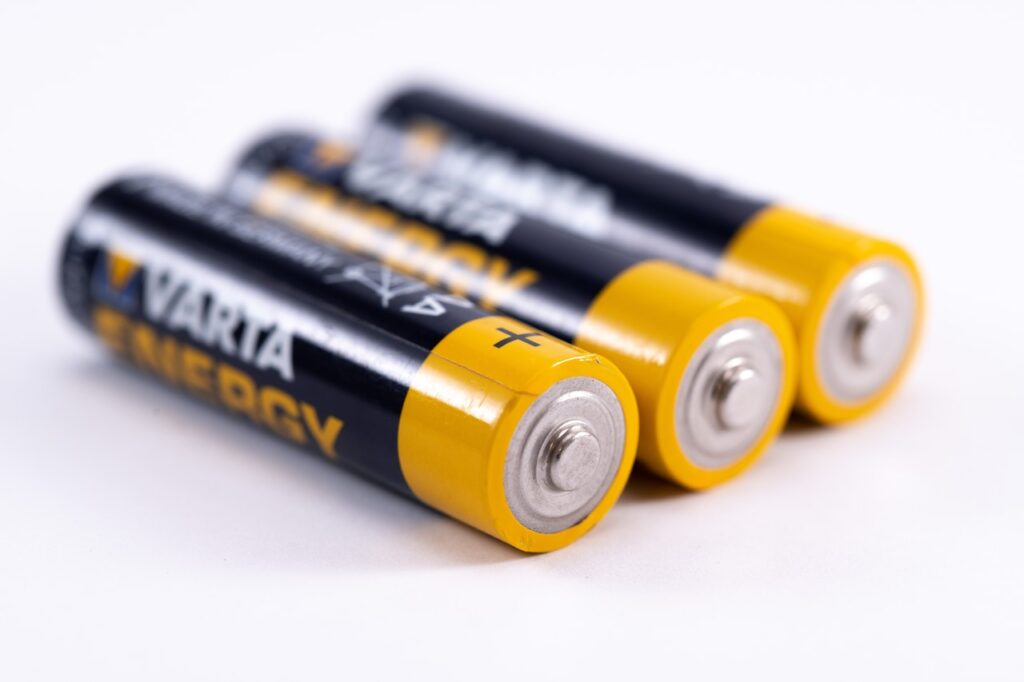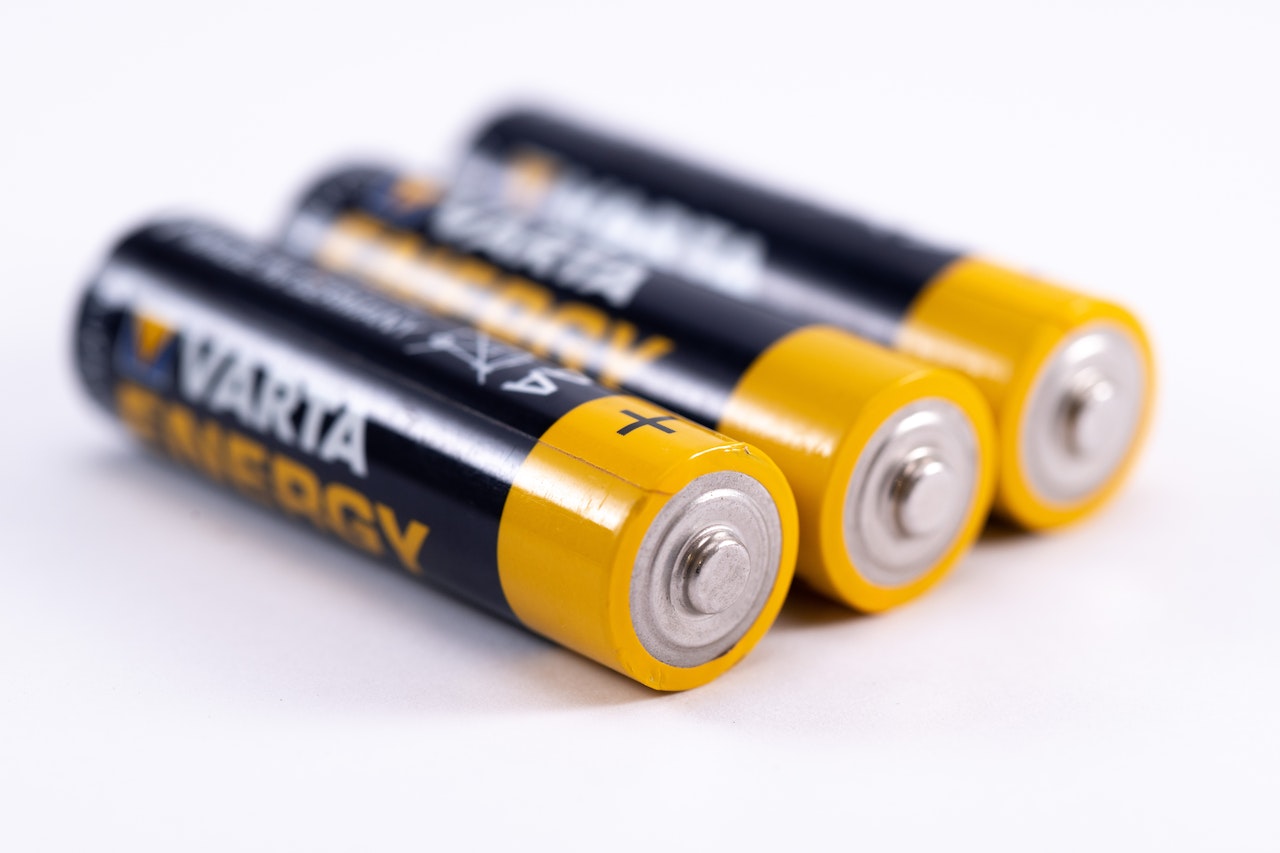
While rechargeable batteries can cost more than twice as much as single-use batteries if they are used properly, they can save people money in the long run, as these batteries can be used more than once.
This is especially important as without batteries, many common-day devices cannot be operated. As such, here are a few reasons why people should invest in rechargeable batteries.

Table of Contents
What are rechargeable batteries?
Rechargeable batteries are a type of electrical battery that can be charged, discharged into a load, and recharged many times, as opposed to a disposable battery. They are available in a wide range of sizes including AA, AAA, PP3 and coin cell batteries. In addition, some manufacturers and providers offer non-standard and specialist sizes batteries such as ½ AA and N, as well as laptop, camera, and mobile phone batteries.
Also Read: Features and Functions Of Huawei Band 7 Fitness Bracelet. Comparison With Huawei Band 6
Rechargeable batteries vs disposable batteries
These two types of batteries are incredibly similar, as they create currents in the exact same manner as each other – through an electrochemical reaction involving an electrolyte, anode, and cathode. The main difference between them comes in their usability and overall performance lives. Disposable batteries have a single use, like those used in a remote control. The reaction that happens in the cell to release the energy is irreversible and will eventually stop occurring, meaning the battery will no longer produce an electrical current. The battery is said to be discharged or deadand then needs to be thrown away.
However, in batteries that are rechargeable, the reaction can be reversed by providing electrical energy back to the battery via a battery charger. For example, when a phone is being charged, there is an electrical current flowing from the charger into the battery to restore its internal charge. Using rechargeable batteries means people will not have to replace a battery every time it discharges – in fact, they can be used up to around 500 times or more.
Reasons to buy rechargeable batteries
There are several compelling reasons why people should consider buying rechargeable batteries. Here are a few popular reasons explained below:
Cost savings
While the upfront cost of rechargeable batteries may be higher than disposable ones, they can actually save people money in the long run. This is because rechargeable batteries can be used multiple times, unlike the one-time use of disposable batteries, therefore reducing the need for frequent replacements. Over time, this can lead to significant cost savings compared to constantly buying disposable batteries.
Environmental friendliness
Rechargeable batteries are more environmentally friendly than disposable batteries. This is because disposable batteries contribute to landfill waste when they are discarded, as they contain harmful chemicals that can seep into the soil and water. Rechargeable batteries, on the other hand, can be reused hundreds or even thousands of times, reducing waste and minimising environmental impact.
Convenience and availability
Having rechargeable batteries on hand means people will never have to worry about running out of batteries when they need them themost. Instead of making last-minute trips to the store, they can simply recharge their batteries and reuse them no matter when. This convenience is particularly beneficial for frequently used devices such as cameras, remote controls, and children’s toys.
Performance and power output
Rechargeable batteries often provide consistent and reliable power output throughout their usage cycle. Unlike disposable batteries that gradually lose power and performance, rechargeable batteries maintain their capacity and performance levels, ensuring optimal device functionality.
Versatility
Rechargeable batteries are available in various sizes, including popular types like AA, AAA, C, and D. This allows people to use them in a wide range of devices, from small electronics like remote controls and flashlights to larger appliances like cameras and portable speakers. By investing in rechargeable batteries, people can cover the power needs of multiple devices with a single set of batteries.
Rechargeability options
Rechargeable batteries can be charged using various methods, depending on the type and brand. Some can be charged using a standard wall charger, while others can be recharged through USB ports or solar panels. This flexibility allows people to choose the most convenient charging method based on their preferences and available resources.
Reduced toxicity
Rechargeable batteries typically contain fewer toxic chemicals compared to disposable batteries. This not only minimises environmental impact but also reduces the risk of harm if the batteries are accidentally ingested or mishandled.
Types of rechargeable batteries
Nickel Cadmium (NiCd) batteries
NiCd batteries are a powerful and old choice in that they can supply a very high electrical current. This makes them ideal for high-drain devices like cameras. However, they have a very low capacity –so they do not hold a charge for very long. So, while they reach a full charge very quickly when charging, they can only be used in short increments. Another drawback is that cadmium, like lead, is toxic. Fortunately, people rarely have to discard them. They last 10-15 years or longer and are extremely hardy, even against extreme temperatures.
Nickel Metal Hydride (NiMH) batteries
NiMH batteries eliminate the shortcomings of NiCd batteries, except for their lifespan. NiMH batteries last up to 1,000 charges (about three years maximum). So, they work just as well for high-drain devices, and they have far better capacity. Plus, they do not contain toxic cadmium, only mildly toxic metals. While they have a high self-discharge rate, people can buy the low self-discharge version of these batteries to sidestep this issue.
Lithium-ion (Li-ion) batteries
This is the most common type of rechargeable battery used in portable electronic devices today. They are light, put out a very high voltage, and last around three years (300-500 charges). Most importantly, they hold a charge longer than any other type of battery on this list. This also makes them the most expensive. They are also potentially flammable, so Li-ion batteries require a safety circuit.
Also Read: Best Scientific Calculator In India Under 1000 With buying guide
Bottom line
By investing in rechargeable batteries, people not only save money and reduce waste but also contribute to a more sustainable and eco-friendlier lifestyle. With advancements in rechargeable battery technology, they have become a reliable and cost-effective choice for powering everyday devices.







